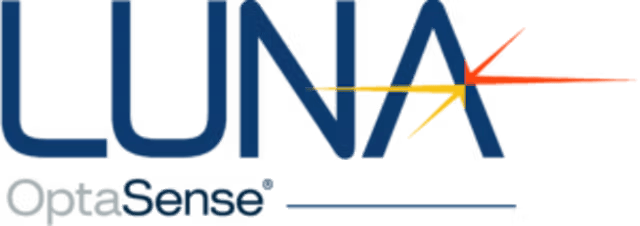Trenchless technologies are opening new opportunities for the industry. Utilities are moving beyond costly dig-and-replace projects by adopting no-dig solutions such as relining, robotic inspection, and directional boring. Early pilot projects are already demonstrating significant cost savings and reduced surface disruption. By 2030, experts anticipate that trenchless rehabilitation will emerge as the primary method of addressing water main breaks and leakage. At the same time, digital solutions are expanding the toolbox, with smart sensors, AI-powered leak detection, and real-time monitoring platforms reshaping how utilities manage water loss. By 2050, it is estimated that more than 40% of leakage control will come from trenchless rehabilitation techniques, while another 35% will depend on smart monitoring and predictive maintenance.
Utilities and service providers are investing heavily in trenchless technologies while drawing on decades of expertise in civil engineering and smart monitoring. Relining and directional boring can extend the lifespan of pipes by decades, avoiding disruptive open-trench replacements. A single trenchless rehabilitation project can secure the water supply for thousands of households and save cities millions of dollars in excavation costs. Depending on requirements and system demand, utilities will be able to scale several of these approaches to build resilient, decentralized water supply networks.
Other regions of the world are also investing in trenchless solutions, both as providers of technology and as users of expertise. A global perspective is essential, as aging water infrastructure is not limited to any single geography. In the United States, where the Water Leakage Summit USA 2026 will take place, an estimated 240,000 water main breaks occur each year, underscoring the urgency and scale of the issue.
Trenchless Tech Requires Smart Integration
Robotic inspection, relining, and no-dig rehabilitation all rely on accurate data and predictive planning. Smart monitoring systems will play a vital role in prioritizing investment, reducing leakage, and preventing service disruption. According to industry experts, integrating trenchless technologies with advanced analytics offers the most economical path for utilities seeking long-term sustainability.
That is why water markets with rapidly growing urban centers are adopting trenchless rehabilitation methods to reduce repair costs, minimize public disruption, and extend asset lifespans. The Water Leakage Summit USA 2026 will provide a platform for companies to present their solutions and products for a future-ready, climate-resilient water utility industry.













